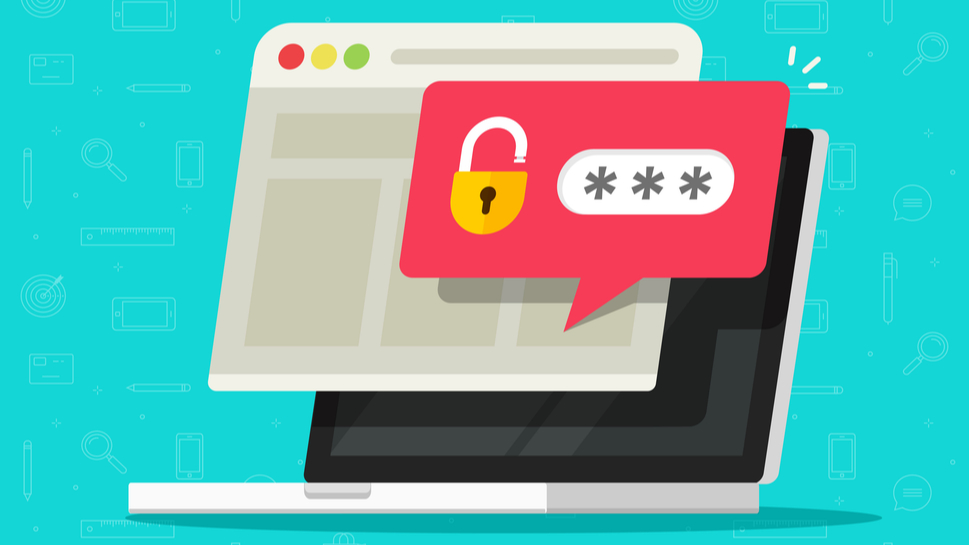Windows 10 update created a major password problem
Users no longer able to save account credentials following Windows 10 update

Microsoft has detailed a temporary fix for a frustrating Windows 10 bug that prevents software from storing account credentials, meaning the user has to re-enter their username and password each time they log-in.
The flaw is also said to delete cookies held in web browsers, preventing websites from memorizing credentials and serving bespoke content to the user.
First reported in April, the issue is present in specific builds of Windows 10 version 2004 and affects applications such as Outlook, Chrome, Edge, OneDrive and more.
- Check out our list of the best security keys on the market
- We've built a list of the best password recovery solutions around
- Here's our list of the best password generators out there
Windows 10 passwords issue
Although users have struggled with the Windows 10 issue for months now, Microsoft has only recently acknowledged the issue in an official capacity in the form of a support notice.
“After installing Windows 10 Version 2004 Build 19041.173 and related updates you will find that Outlook and other applications do not remember your password anymore,” explained the firm.
“The issue occurs when some Windows 10 Task Scheduler tasks are configured in a certain way. Until a fix is available, a workaround is to disable these tasks using Task Scheduler.”
To implement the temporary fix, right-click the Start Menu, select Windows PowerShell (Admin) and enter the following command:
Sign up to the TechRadar Pro newsletter to get all the top news, opinion, features and guidance your business needs to succeed!
“Get-ScheduledTask | foreach { If (([xml](Export-ScheduledTask -TaskName $_.TaskName -TaskPath $_.TaskPath)).GetElementsByTagName("LogonType").'#text' -eq "S4U") { $_.TaskName } }”
If any tasks are listed in the PowerShell window, note them down and launch the Task Scheduler app. Once you’ve located the relevant tasks, disable them via the right-click drop-down menu. Restarting the affected device should then resolve the issue.
It is not clear at this stage when Microsoft will roll out a full fix for the problem.
- Here's our list of the best Windows 10 alternatives
Via Windows Latest

Joel Khalili is the News and Features Editor at TechRadar Pro, covering cybersecurity, data privacy, cloud, AI, blockchain, internet infrastructure, 5G, data storage and computing. He's responsible for curating our news content, as well as commissioning and producing features on the technologies that are transforming the way the world does business.